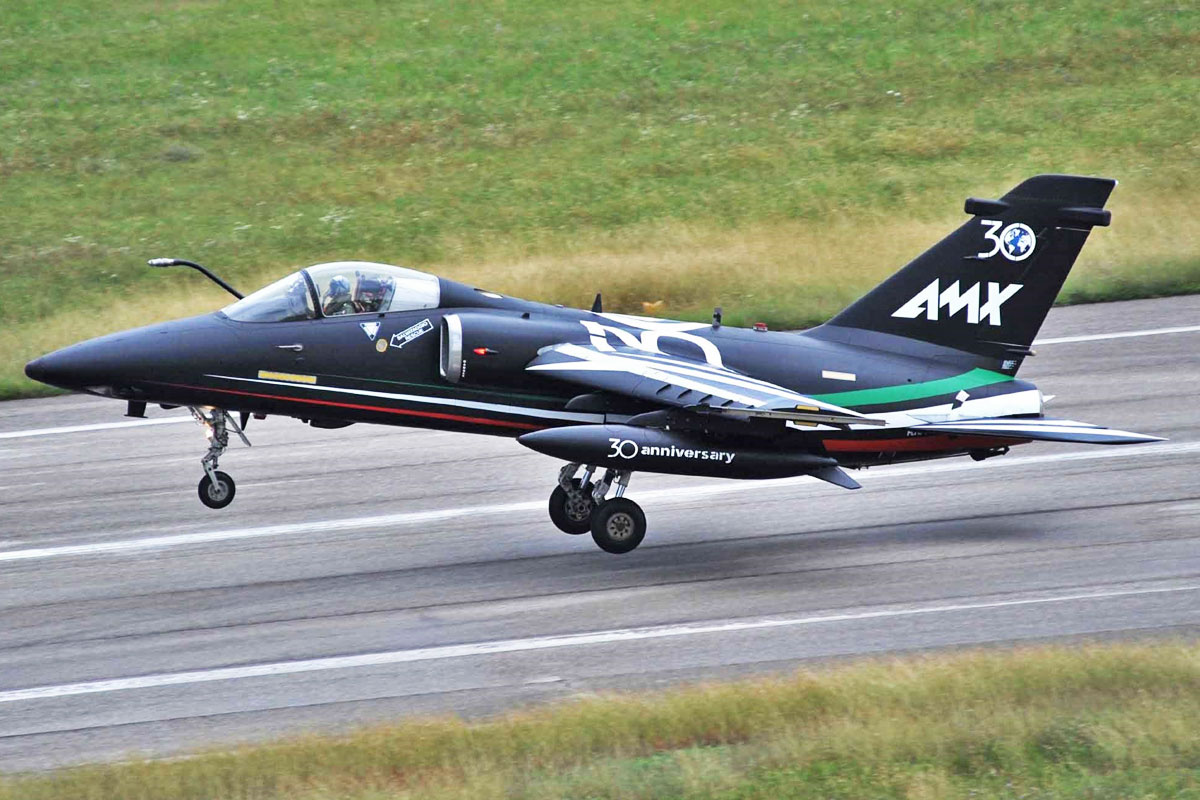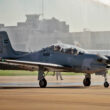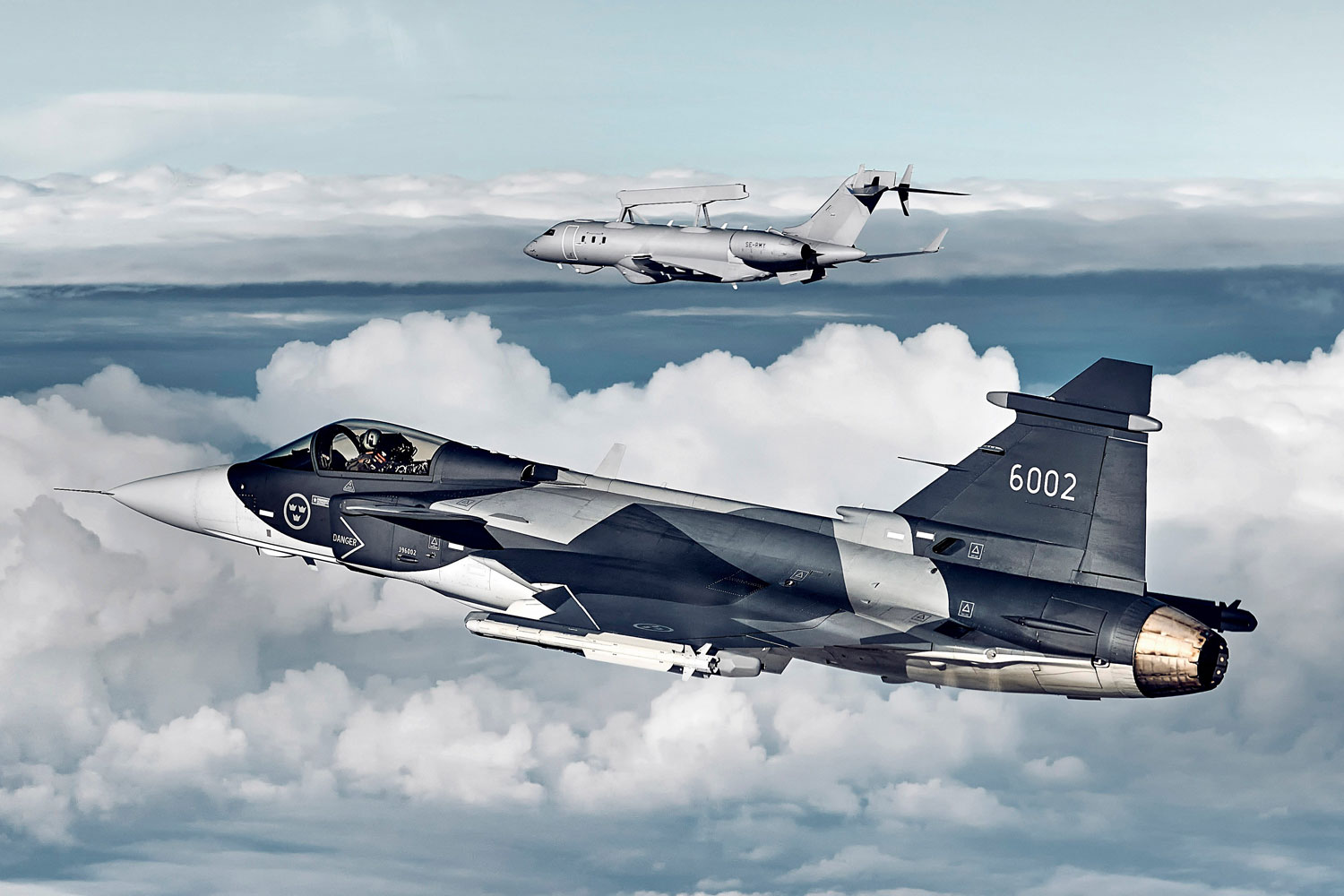The most advanced combat aircraft ever developed in Brazil, the AMX attack and reconnaissance aircraft has seen its fleet in the Brazilian Air Force shrink significantly during the nearly three decades it has been in operation.
Embraer’s joint venture with the Italian manufacturers Aeritalia and Aermacchi (now part of the Leonardo group), the AMX represented an enormous technological gain for the country by allowing Brazilian technicians to gain experience with more complex aircraft systems, such as the ‘fly-by- wire’ controls.
Follow us:
The AMX program emerged in the late 1970s and spent the 1980s in development until the first aircraft were delivered to Brazil and Italy, to another customer, in 1989.
At the time, the Brazilian Air Force intended to acquire 79 A-1 attack jets, as it was called, but ended up receiving 56 units, 11 of them in the two-seat version.
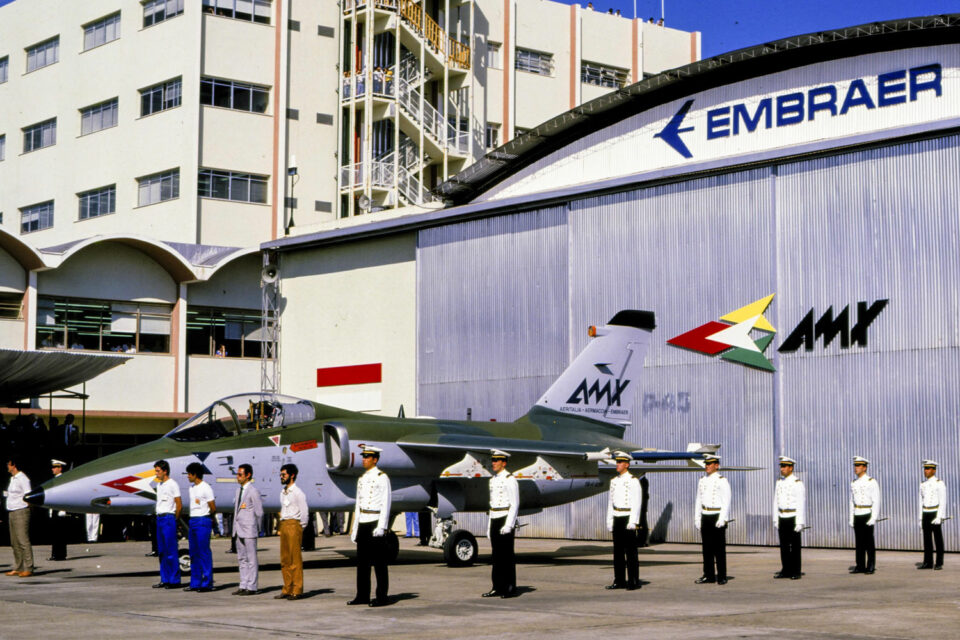
Deliveries took place until 1999 and the A-1 equipped three squadrons in the Air Force. However, the delay in producing the aircraft meant that there were several differences in equipment between them.
To solve this problem, the FAB launched an upgrade program for the A-1 in the early 2000s, which provided for the standardization of the aircraft with more modern and capable equipment.
Among them were the installation of the SCP-01 radar, which should have equipped the A-1s, as well as changes to the cockpit panel with multifunction screens, adoption of the HOTAS concept (Hands on the throttle and stick) and Eye Level Display ( HUD) and Screen Helmet.
In addition, the Brazilian AMX was equipped with a countermeasures system with “chaff” and “flares” dispensers and the ability to launch laser-guided smart bombs.
However, the first modernized AMX, A-1M, was not delivered to the Air Force until 2012 and eight years later only eleven aircraft had been upgraded.
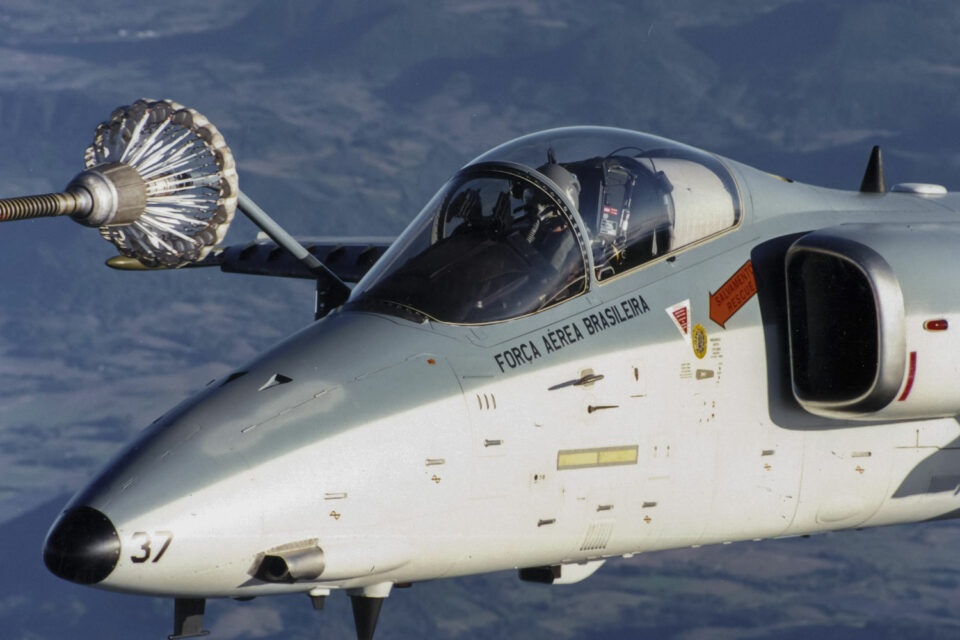
40% of the fleet out of service
In the meantime, however, the FAB lost several fighters, five of them in accidents. Another 13 aircraft were dismantled and are being auctioned off as scrap in addition to two A-1s that have been turned into monuments. Recently, another aircraft, an A-1B registration FAB 5655, was donated to a university to be used as a laboratory.
With the withdrawal of at least 21 fighters, the AMX fleet in the FAB is a maximum of 35 aircraft, or almost 40% less. About two dozen are older versions, with less combat capability.
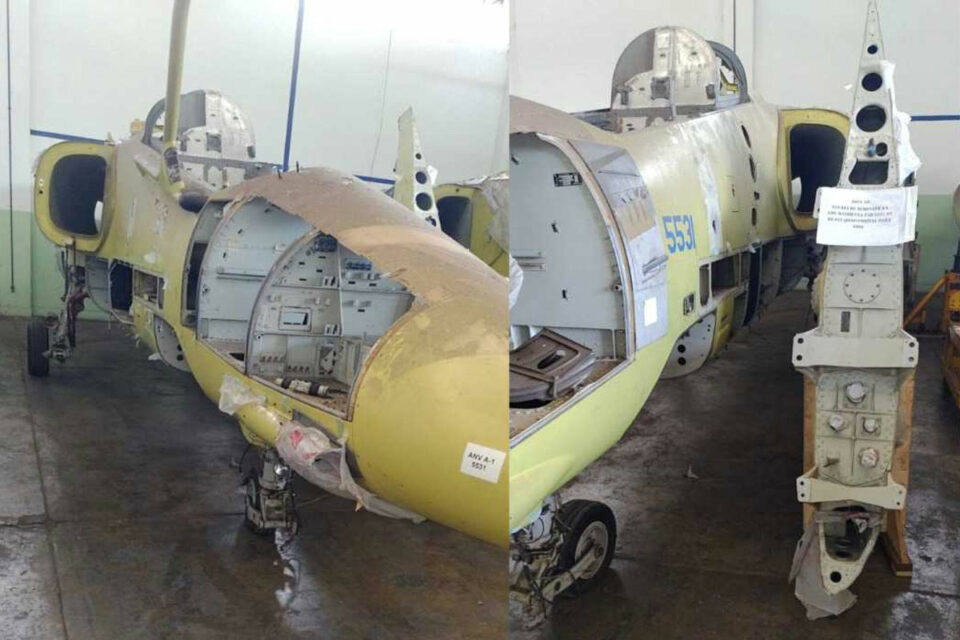
In statements years ago, senior Air Force officials shared the forecast that the A-1M will remain in service with a maximum of 14 aircraft, while the remaining jets will serve as a source of spare parts.
They will then be the only AMXs in operation in the world as the Italian Air Force planned to retire its last “Ghibli”, as it is called there, in 2022, replaced by the more advanced Lockheed Martin F-35s.
